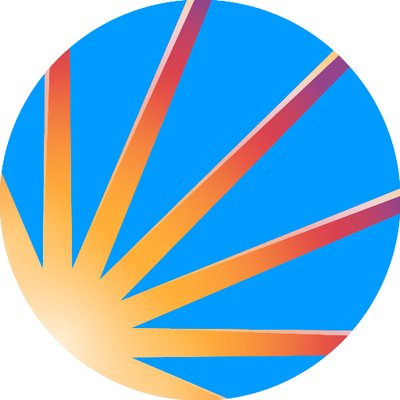
Op-ed published originally in the The Desert Sun, February 26, 2021.
Supporting mission-driven organizations should not be only about programs. Investing in building and consolidating infrastructure is key to increasing power and accelerating impact.
Darcy Carozza, the founder of Palm Springs Dance Project (PSDP) and a 2020/2021 SEED Lab Fellow, knew in the early days of the pandemic that her organization was not ready to face the crisis. So, Carozza’s focus shifted towards rebuilding the organization, which naturally led to reimagining its programs and social impact. Her supporters embraced her long-term vision and dedicated some of their gifts towards the organization’s infrastructure. A year later, the organization not only has a better sense of its future and has energized its donor base.
The pressure mission-driven organizations, for profit and nonprofit alike, have experienced over the past 12 months has been daunting. The need for programs skyrocketed, while everyone had to figure out new ways to ride the pandemic wave and serve their beneficiaries and strategies. At Caravanserai Project, a hybrid mission-driven venture based in Palm Springs, the priority is helping these organizations reimagine their journeys forward, including building their capacity, both human and material.
What was learned from more than 500 nonprofits in the Inland Empire and beyond that attended Caravanserai’s 2020 SEED Lab social impact pre-accelerator, workshops, webinars or masterclasses was not news: Donors are mainly interested in supporting programs. Even in “normal” times, these organizations feel the pinch as they add programs but don’t consolidate their infrastructure. Imagine in the age of COVID-19 when they are expected to do more with less resources.
Funders want immediate results and, eventually, impact. And funding capacity building does not provide easily measurable outcomes, as Jeremy Hobbs, president of the Western Wind Foundation, mentioned during a Caravanserai Project workshop. This past year has reinforced his belief that it’s crucial to build infrastructure — people and systems. “A mission-driven organization will thrive only when its ability to deliver is as good as the quality of its programs,” said Hobbs, who has prioritized investing in organizational infrastructure as part of his foundation’s commitment to fund programs in the Coachella Valley.
The consequences of adopting the opposite approach are counterproductive, to say the least. It not only breaks an organization but cuts access to vital services for those in need. Among many things, COVID has revealed the lack of technology and digital readiness of small and mid-size local nonprofits.
Imagine a food program not being able to deliver its produce because the ancient computer collapsed and its beneficiaries’ contacts were inaccessible. Or the frustration experienced by those relying on various health services as providers were slow to react simply because of inadequate IT infrastructure and lack of training. Organizations providing educational programs experienced equally hard times as their whole model was based on in-person interactions. Shifting to an online model was even more challenging in the absence of proper staff training and specific resources.
Many of these situations are fixable by funders directing their gifts towards capacity building and organizational infrastructure. Recently an organization Caravanserai worked with took great pride in its extremely low overhead as it directed the majority of funds towards programs. From its perspective, it was the best way to impress potential funders — without considering its underpaid and resourceless staff and questioning the quality and efficiency of its programs. How can a body perform if it is starving?
There is no doubt that funding an organization’s infrastructure — both human and material — is less appealing than a program. But it helps to think about investing in capacity building as a consolidated pathway to power-building and impact growth. Susan Gomez, president of the IE Community Collaborative, says it best: “It is about giving leaders the skills and resources they need to take their organizations and work to the next level.” Building strong, relevant and sustainable organizations that are able to adjust to potential disruptions and efficiently deliver on their promise for social impact is crucial. It also speaks volumes about the donors’ vision and commitment to make long-lasting changes.
Mihai Patru is executive director and co-founder of Caravanserai Project. He also serves as an entrepreneur in residence on social entrepreneurship at University of California Riverside.






